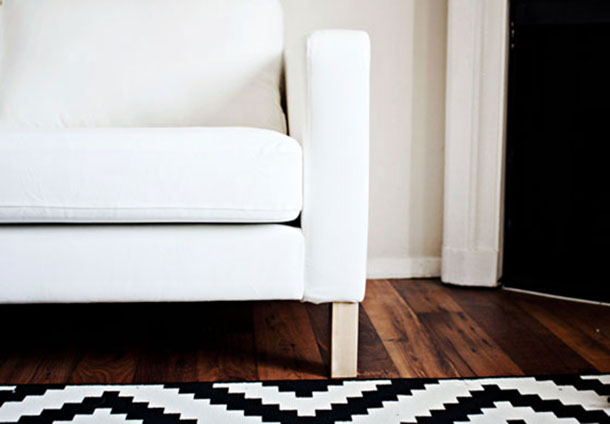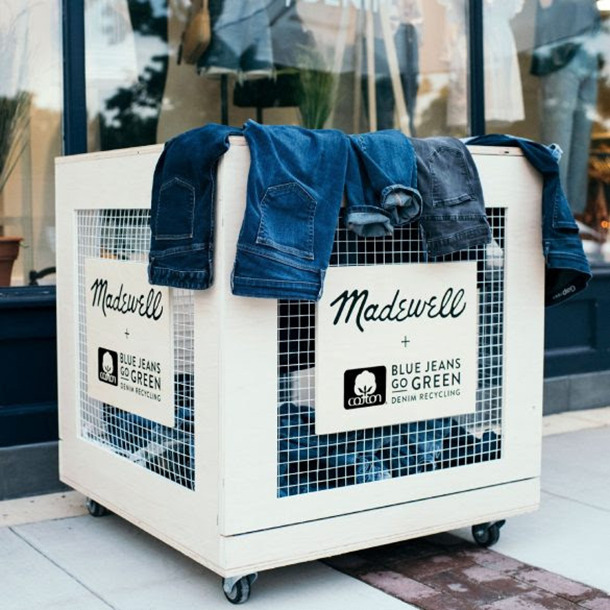Viva’s Blog: Stop fighting your customers!
What do IKEA and Madewell have in common? They both adjusted their strategy to embrace evolving consumer trends.
Understanding customer preferences, even when at first glance they appear to be bad for your brand, is key to winning.
Here are two brand success stories about bold marketers that used the latest consumer trends to guide their business strategy.
CASE-IN-POINT #1: IKEA & IKEA Hacking
.jpeg)
Last August, a 31-year old executive assistant was sick of her “cheap and basic-looking” IKEA couch. She shopped and found a couch she liked, but it was a designer brand that didn’t fit her budget. So, she opted for a makeover of her existing IKEA couch instead.
She spiced things up with a set of mid-century modern legs and a new cover from an IKEA customization website. The project cost her about one-tenth of the designer version and saved an old piece of furniture from being sent to a landfill.

IKEA wasn’t a fan of “IKEA hacking” when the movement gained steam in the mid-2000’s. The company even sent hackers cease and desist letters. Marketers’ typical response is to fight to control their brand. IKEA learned that by embracing rather than fighting its hacker community, it could grow its business.
Over the past decade, this once small and quirky community has burgeoned into a full-fledged industry.
- 450,368 enthusiasts follow IKEA Hackers on Facebook
- 401,368 enthusiasts follow IKEA Hackers on Pinterest
- 163,000 enthusiasts follow IKEA Hackers on Instagram
The bottom line? Hackers turn into lifelong customers and hacking creates another revenue stream for IKEA.
CASE-IN-POINT #2: Madewell & Madewell Forever

Madewell, “the jeans and all the things you wear with denim” brand, observed their customers’ shopping behavior as they searched for a more sustainable model for acquiring jeans. Madewell uncovered that “73% of preloved clothes are sent to a landfill or incinerated instead of being reused or recycled.”
Rather than fighting the consumer trend of repurposing denim, the brand built a business out of recycling jeans – their brands and others – that they smartly named Madewell Forever.
The brand aims to collect 1 million pairs of jeans by 2023 and double the life of each recirculated garment. For every pair of jeans you drop off at a Madewell store, you receive $20 off a new Madewell pair. Customers can buy “preloved Madewell”, new jeans, or denim with “a second life” at Madewellforever.thredup.com.
It’s an important venture for Madewell. Industry reports note that more than 40% of millennials and Gen Zers shop secondhand.
Like IKEA, Madewell listened as their core audience expressed what’s important to them.
So what does that mean for my business?
Start by intensely listening to your customers. Don’t ask if they like your product. Observe how they are solving problems that relate to your brand. Be open-minded and adjust your strategy. It’s working for IKEA and Madewell. It can work for you.
